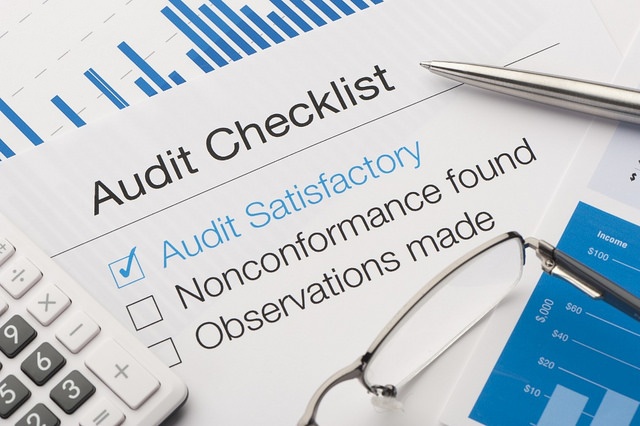
When it comes to your social housing contractors, as a procurement manager, you have got a lot to monitor and manage, ensuring that they’re all compliant with your housing association regulations. One way of staying in complete control of your social housing contractors is by conducting audits…
On-site auditing, when effectively implemented, can arguably be considered one of the most important tools in the quality system tool box. By introducing audits into your housing association you can identify areas of ineffectiveness, enabling you to take corrective action, and ultimately support continuous improvement.
The right people
As well as figuring out whether you have the time internally to complete contractor audits, you need to ensure that these people have the right training and qualifications to complete such assessments.
While your in-house team might have the correct qualifications to complete an audit, you need to consider whether or not it would make more sense to organise further resource, such as administrative staff to help chase and organise the details that will come back following an audit.
There is always the opportunity to outsource your audits to a company that specialises in audits too, as they will handle the whole process for you, documentation included. This might be beneficial if you’re struggling to find the right people and the resource needed internally – keep in mind that the end result of any audit is to manage your contractors better.
Desktop audit
Using the desktop audit initially, you can check your contractor information, such as their certifications, insurance documents and background to make sure that they meet your requirements – keep an eye on certifications that are coming up for renewal!
This type of audit could also help you to open dialogue with contractors concerning opportunities for improvement and how they could bring a mutual advantage, perhaps a course training them specifically to work with vulnerable adults.
Improve your social housing contractor compliance today >
On-site audit
If following your desktop audit, you determine that further checks are required, this is when an on-site audit should be considered. If there’s a particular problem that you have identified with a contractor you should take action to investigate and identify the cause of the problem by carrying out an on-site audit.
From this point, you can suggest corrective actions and submit them for approval, once approved the changes can be implemented and tracked using KPIs to monitor effect and performance.
This multi-layered approach allows you to assess your contractors as efficiently as possible, while ensuring any problems are resolved.
Continual monitoring against KPIs
Conducting your audit is a way of monitoring your contractors – by doing this, your team can regularly check the compliance of contractors, provision of resource and the ability to continue working with the housing association in the future.
Don’t wait until you notice that a contractor is underperforming before you start to implement the auditing process, by this point, it is often too late. Your audit should be undertaken on a regular basis and use a multi-layered approach of desktop and on-site audits.
Define your policies
Even if you have all of the previous points in place, you won’t achieve an effective audit of your social housing contractors if your policies aren’t up to scratch.
By making sure that your contract requirements, policies and project specifics are clearly outlined to your social housing contractors, you will be able to avoid any claims of misunderstanding when you carry out your audit. These documents should also be readily available for any of your contractors to access at any time, should they wish to do so.
Contractor compliance best practice
Conducting effective audits with your social housing contractors is only part of the process when it comes to ensuring total contractor compliance. If you’re looking to achieve better compliance within your housing association, you should download our new eBook, the Best Practice guide to Social Housing Contractor Compliance, which takes you through achieving compliance, step by step – while giving you tips along the way!












